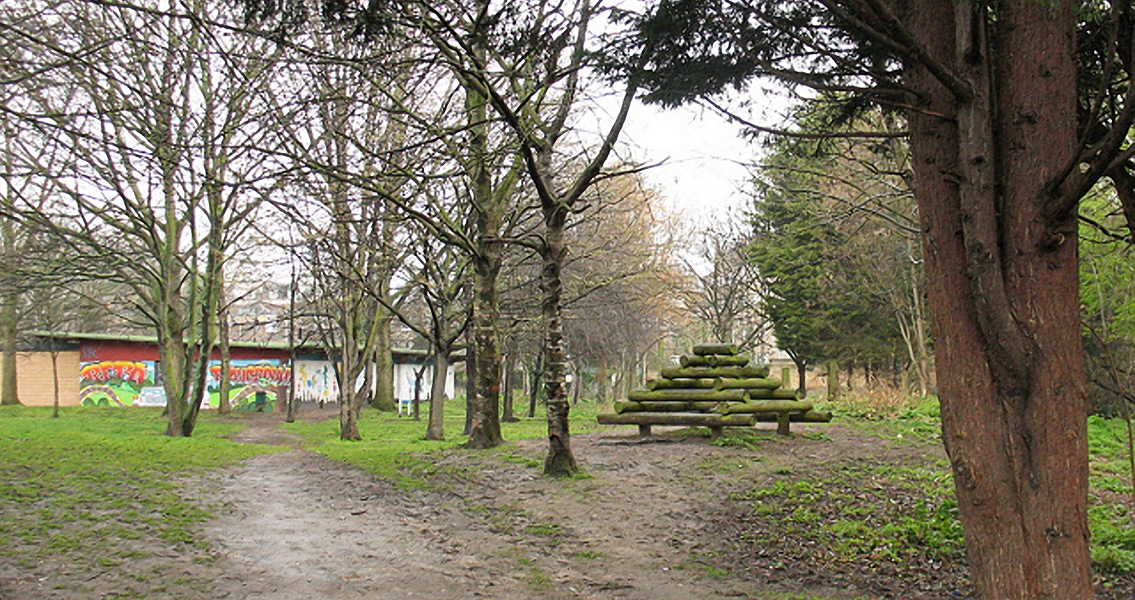<![CDATA[Museum of London researchers have dug up a cow skull probably dating to the eighteenth century, the remains of two people who lived in Roman Britain, and some artefacts from the nineteenth century, on the site of the Baitul Aziz mosque in Dickens Square, London. The cow burial is thought to have been part of measures taken against a cow plague that decimated cattle at several points in the eighteenth century. The disease, also called Rinderpest, was spread by an airborne virus and killed the infected animals in less than a fortnight, explained archaeologist Caroline McDonald, the senior curator of the Prehistory and Roman department of the Museum of London. Authorities took measures such as restricting the movement of cattle and making owners kill their sick livestock in exchange for payment. The payment, however, was insufficient to cover the financial losses they incurred from the disease, so motivation to kill infected livestock was low. The dead cattle were collected at three burial sites, and the skull of the female longhorn cow was probably part of one of these. Interestingly enough, Rinderpest is the second disease, along with smallpox, that the United Nations has announced to have been wiped out entirely. This only happened four years ago. The Roman remains are also very interesting for archaeologists because one of them, the body of a young man, was put in a wooden coffin, which makes it only the third such find in London. The coffin was made from oak planks that used to be part of the body of a river barge, an example of recycling resources as far back as 1,800 years ago. The other set of human remains belong to a five-year-old boy, and both are part of a burial ground under Dickens Square. The rest of the human remains there were cremated. The third part of the find, the most recent one, consists of household items, including four children’s cups, dating to the middle of the nineteenth century. Those were found in an old well and the researchers believe they belonged to the Greenfield family, who used to live at the site, 21 Union Square. One of the cups, that has the text “A trifle for Richard”, probably belonged to one of the children in the family, who was born in 1847. The family, which owned a grocery shop, left the address nine years later without paying its rent, so their household items were thrown away. The artifacts will now go on display as part of a new exhibition, “Looking for Londoners”, that tracks the history of the city and its inhabitants. The exhibition comprises all-new archaeological discoveries made in London, as proof that the ground under even such well studied areas can still hold secrets from human history waiting to be uncovered. Just recently, for example, workers constructing a new railway line in the city stumbled upon a mass grave that is believed to have been created for victims of the plague that hit Britain especially hard in the fourteenth century, killing around 1.5 million people. Image courtesy of Wikimedia Commons user: Stephen Craven]]>
Cow Remains Found Beneath London Mosque
